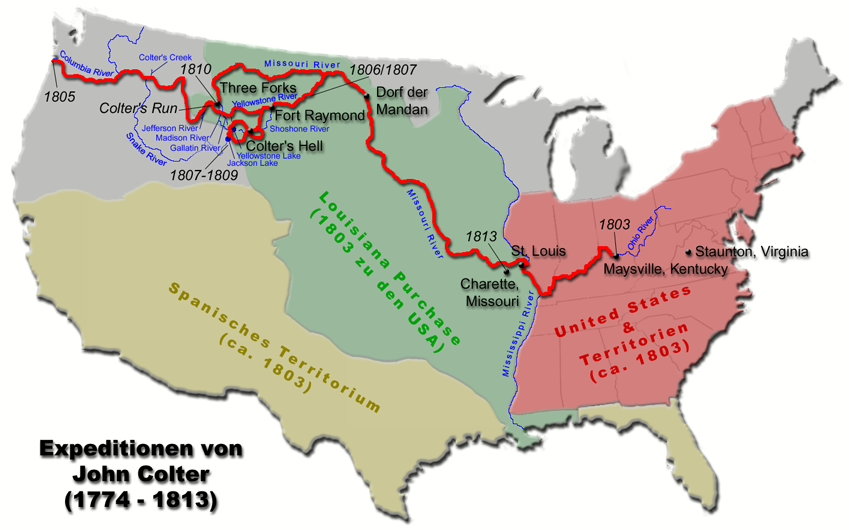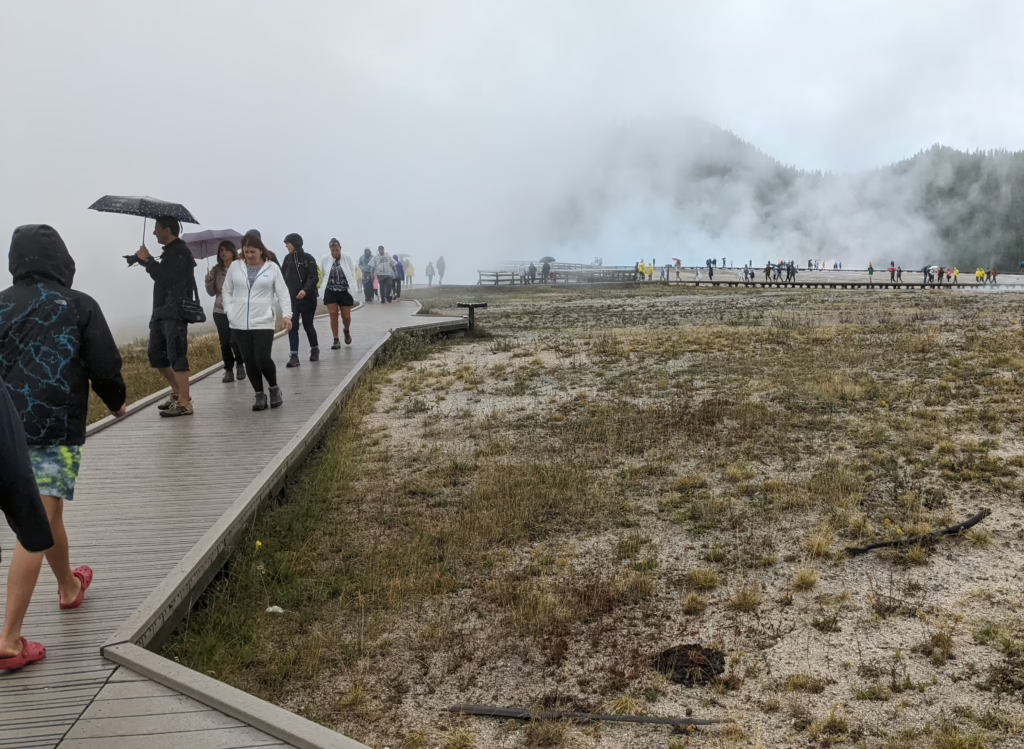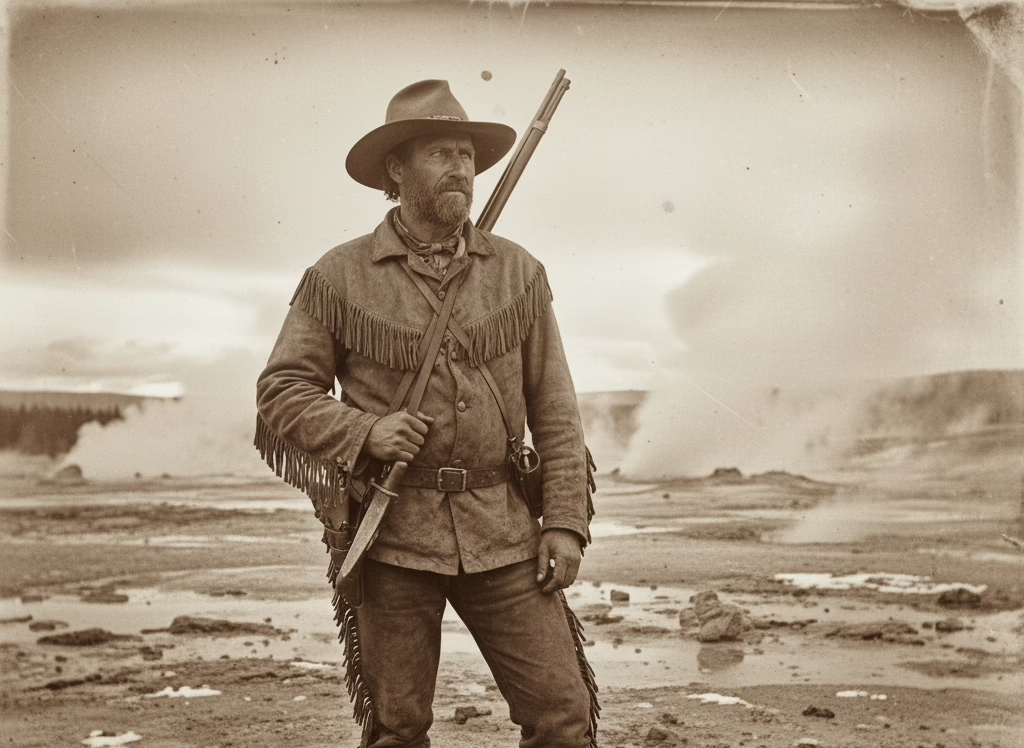1774-1813
Colter’s Early Life With the Lewis and Clark Expedition
John Colter was as mountain man as a man could be. By all accounts, he used up his nine lives a few times over exploring Montana, including being forced to wade into the Missouri to out-maneuver a pursuing grizzly. For $5/month, he enlisted in Lewis and Clark’s Corps of Discovery in his early 30s, proving himself a competent hunter and interpreter. Colter even got out of building Fort Clatsop, being told to hunt elk along the Oregon Coast instead. On his way back east with Lewis and Clark, Colter got permission to leave the expedition and join two trappers in Montana and Wyoming. In 1807, he ventured solo exploring the Grand Tetons during the coldest months of a Rocky Mountain winter.
Colter helped build a fort at the mouth of the Bighorn River in present-day Montana, and he made the first reports of hell on earth (geysers and fumaroles) around Yellowstone National Park. The tales became known as Colter’s Hell, because at the time, no one believed him.

Colter’s Hell: Yellowstone’s Geysers
When Colter stumbled across a smoldering landscape so bizarre and rotten-smelling, he couldn’t believe his eyes. These boiling pools, spitting fumaroles, and scorched earth at the mouth of Wyoming’s Stinkingwater River would be too much for anyone to take in for the first time. Long before it was mapped out or even believed, Colter’s tales of the Yellowstone area set a new standard for tall stories, describing a wild scene of fire and brimstone no easterner could imagine. For Colter, it was hell on earth—hot, strange, and just real enough to put his name in the history books. And while his stories were that of legend, his biggest claim to fame is known as Colter’s Run.

Colter’s Run: Escape from the Blackfeet
Colter knew the area near the three forks of the Madison, Jefferson and Gallatin Rivers, which form the Missouri River, was prime beaver country. He also knew the Blackfeet Indians would do anything to keep trappers out of the area, but the temptation of a big pay-day was too much to resist. Inevitably, Colter and his partner, John Potts, were surrounded by several hundred Blackfeet while trapping on the Jefferson.
Potts tried to paddle away and was instantly filled with bullets and arrows. Colter put his paddle down and surrendered. He was then stripped of clothes and shoes and told to run, which he did. Warriors gave chase and he managed to escape by out running all but one (he killed that warrior and stole his blanket). He then jumped into the river and clung to a log jam with only his nose breaching the surface. His pursuers gave up and he walked 200 miles east back to the trading fort he helped build. After moving back east to Missouri and settling down into family life, he died of jaundice around age 40.







